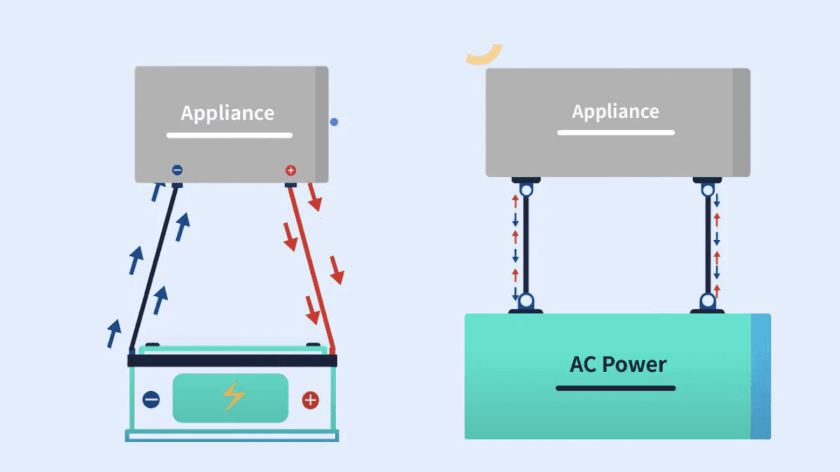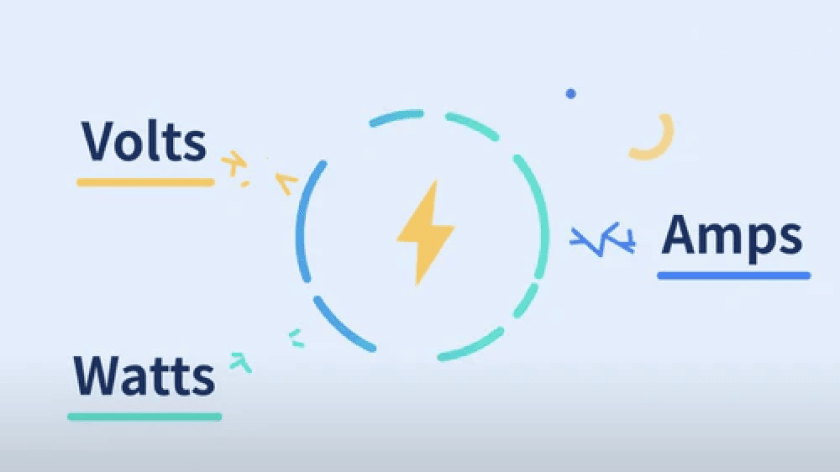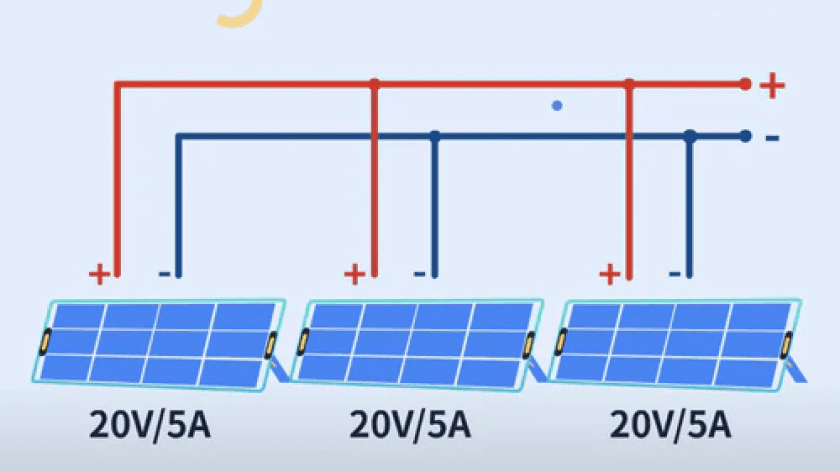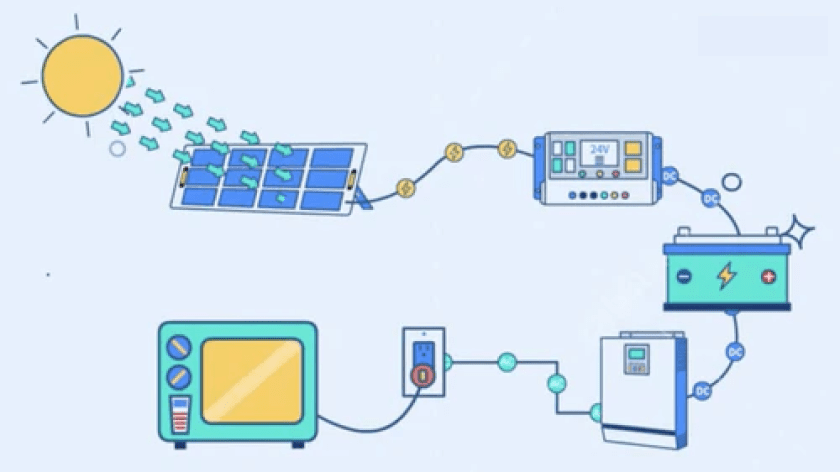Learning Center - OUPES
Basic Electricity




Buying Guides


Knowledge



Products may have different prices and availability based on country/region.













